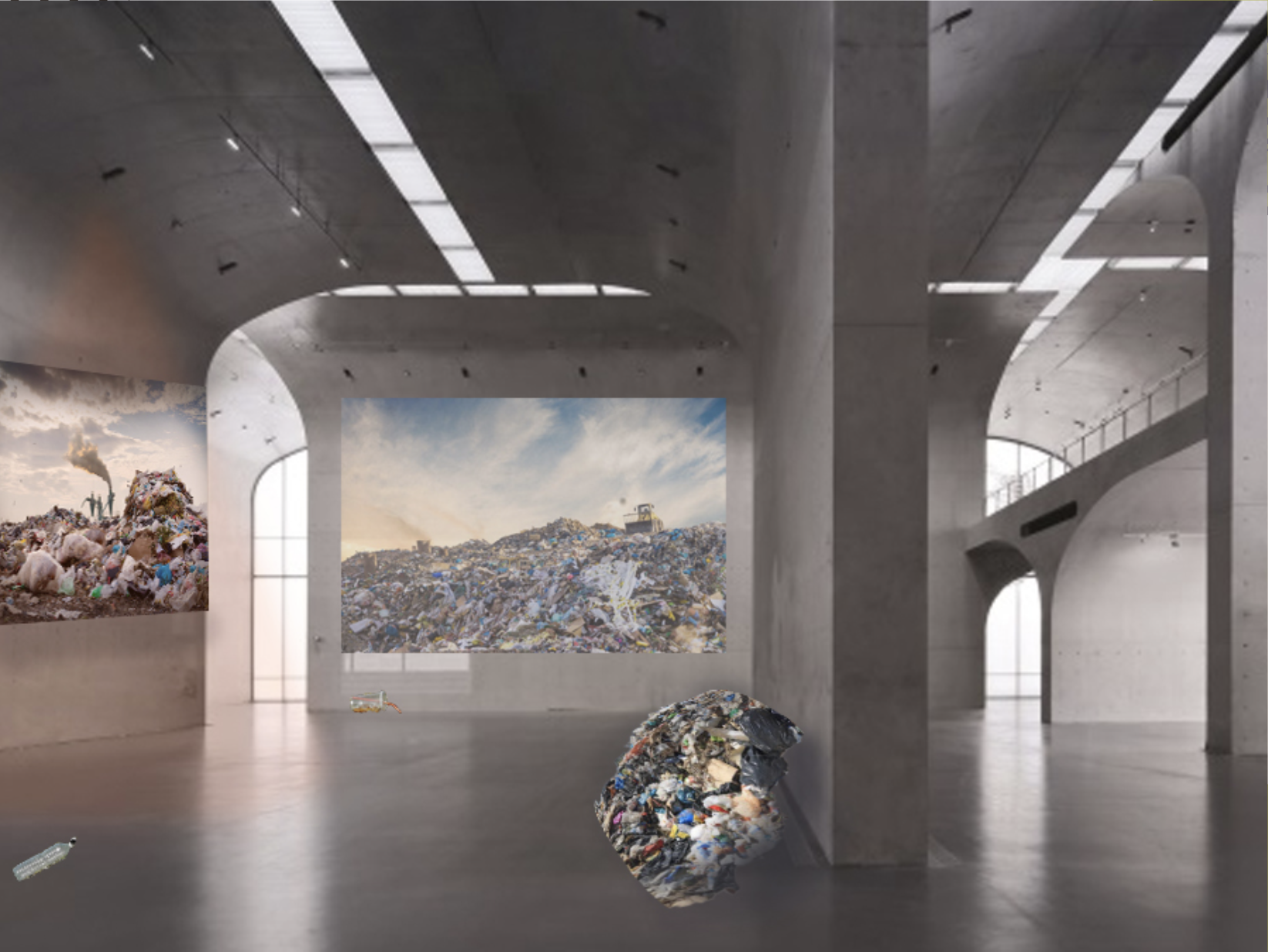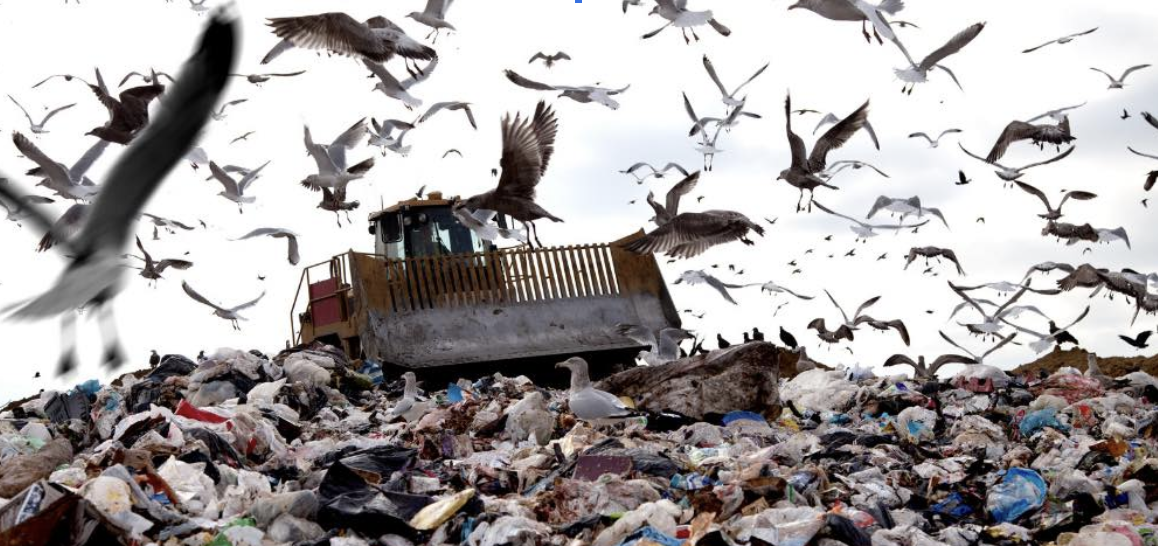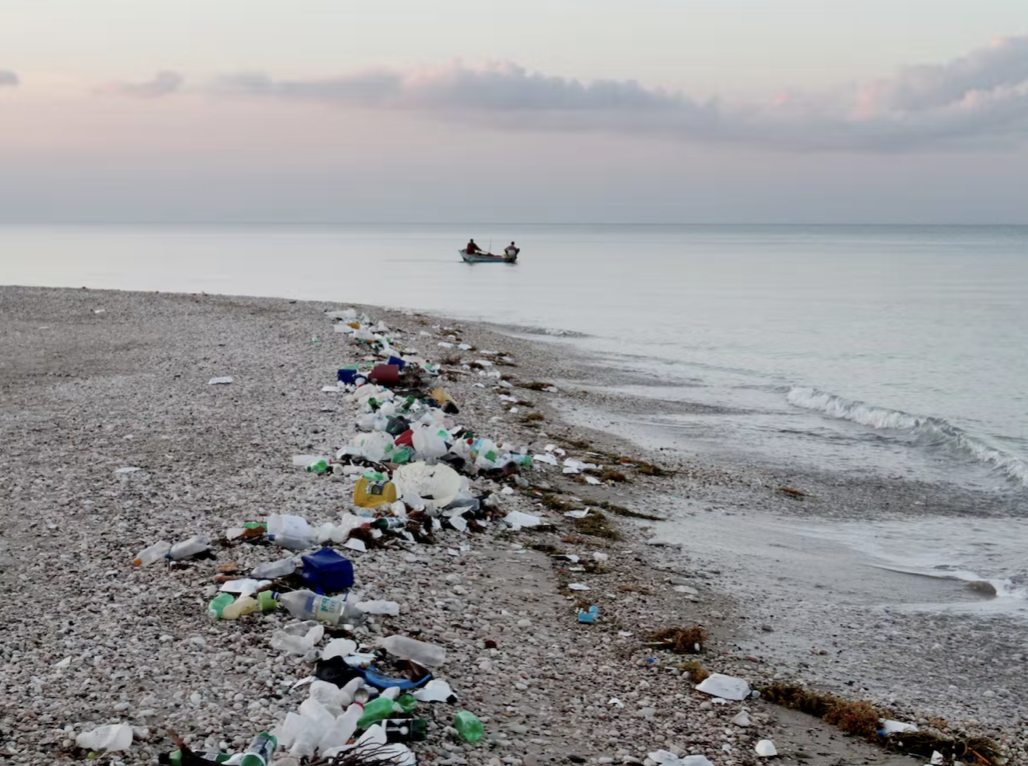The Plastics Problem:
Choose Your Own Adventure
Grace Hlavacek (BFA 3 Scenic and Immersive Media Designer), in conversation with Pablo de Larrañaga, Nishtha Tyagi, and Livya Howard-Yashar
Choose Your Own Adventure
Grace Hlavacek (BFA 3 Scenic and Immersive Media Designer), in conversation with Pablo de Larrañaga, Nishtha Tyagi, and Livya Howard-Yashar
Rendering

Project Description
The Plastics Problem is an immersive experience that takes audience members through a choose your own adventure style event where they get to see where recycled vs non recycled waste goes. Unknown to the audience at the beginning, only 9% of plastic is actually recycled properly, with the rest of plastics ending up in the same management cycle as most other waste. At the end, audiences will be presented with different ways to actually help reduce plastic waste throughout ecosystem.
The Plastics Problem is an immersive experience that takes audience members through a choose your own adventure style event where they get to see where recycled vs non recycled waste goes. Unknown to the audience at the beginning, only 9% of plastic is actually recycled properly, with the rest of plastics ending up in the same management cycle as most other waste. At the end, audiences will be presented with different ways to actually help reduce plastic waste throughout ecosystem.
Landfills:
The majority of waste (both recycled and non recycled) ends up in landfills. 91% of all plastics end up in landfills.
Incinerators:
16% of plastics are incinerated, which emits gases and toxins into the air, which is harmful to surrounding ecosystems.
The majority of waste (both recycled and non recycled) ends up in landfills. 91% of all plastics end up in landfills.
Incinerators:
16% of plastics are incinerated, which emits gases and toxins into the air, which is harmful to surrounding ecosystems.


Core Questions
What actually happens to our waste once it is thrown into the bins?
Where does waste go?
What if there were a cultural shift around waste?
Additional Info
This project connects to Strategy 5B in the Los Angeles County Sustainability Plan, which focuses on preserving and enhancing open spaces, waterways, and priority ecological areas. Preservation is directly tied to eliminating waste from these areas, as waste ends up directly impacting food, health, vulberable species, habitats, and much more.
What actually happens to our waste once it is thrown into the bins?
Where does waste go?
What if there were a cultural shift around waste?
Additional Info
This project connects to Strategy 5B in the Los Angeles County Sustainability Plan, which focuses on preserving and enhancing open spaces, waterways, and priority ecological areas. Preservation is directly tied to eliminating waste from these areas, as waste ends up directly impacting food, health, vulberable species, habitats, and much more.
Littered:
About 8 million metric tons of waste end up in the ocean each year. This waste damages the ecosystem, is eaten by wildlife and end up in food chain cycles. It also pollutes environments with toxins and microplastics.
About 8 million metric tons of waste end up in the ocean each year. This waste damages the ecosystem, is eaten by wildlife and end up in food chain cycles. It also pollutes environments with toxins and microplastics.


